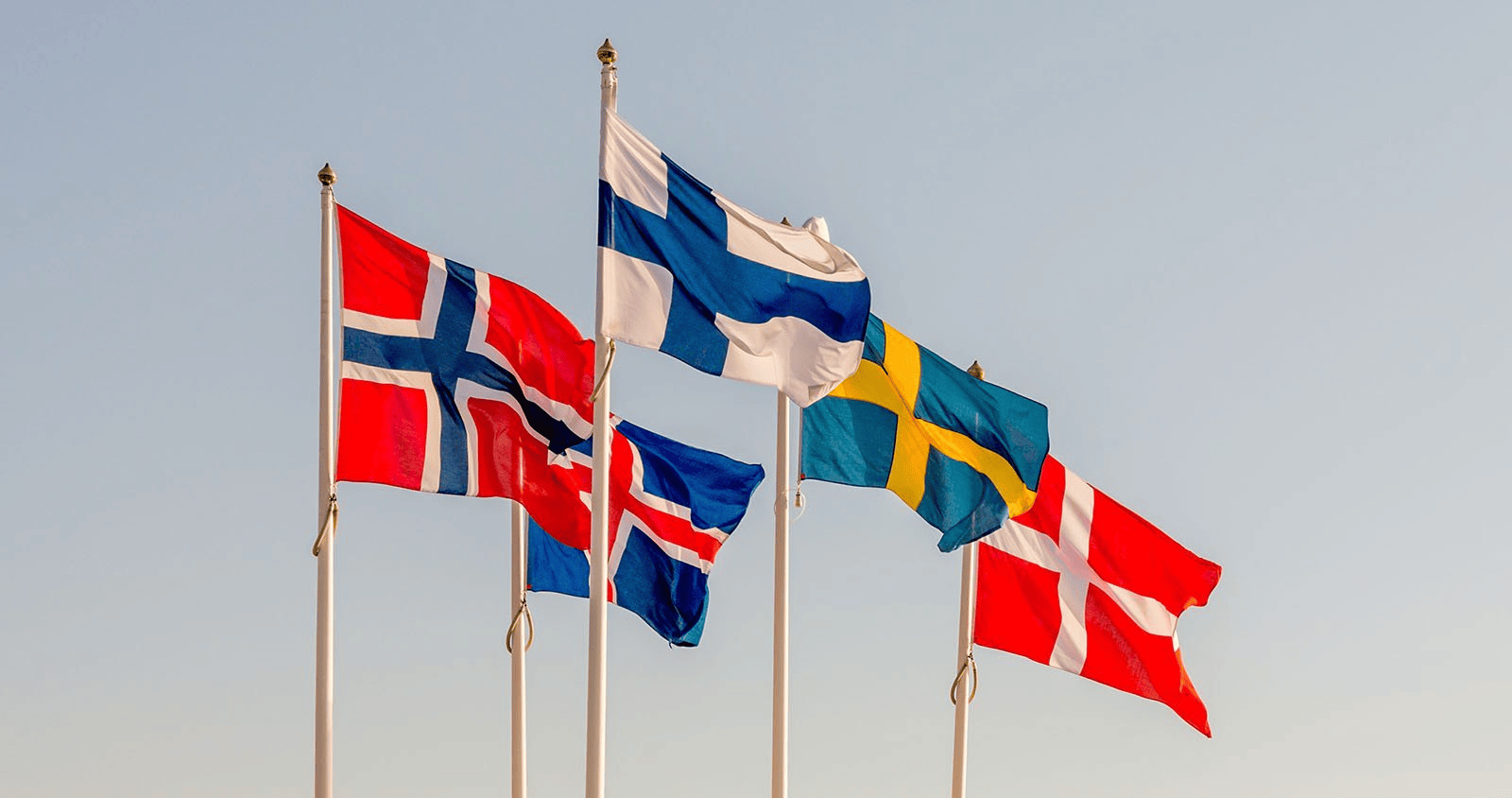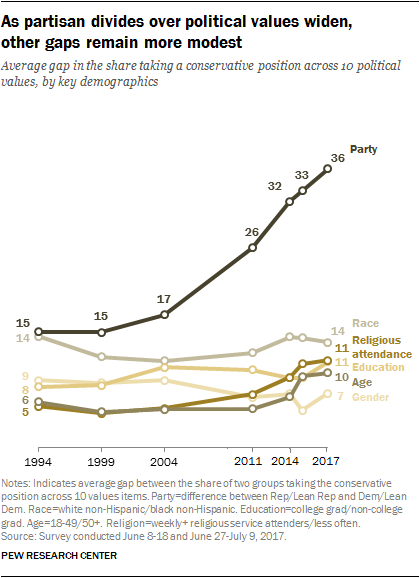Checkpoint: Feasibility Of The Nordic Model In The United States
Background
Developed in the early 20th century, the Nordic Model of social democracy epitomizes progressive governance and accentuates social welfare, economic equality, and expansive public services.
This system originated in Denmark, Finland, Iceland, Norway, and Sweden and was heavily influenced by staunch labor movements and states' commitment to social solidarity. The Model is renowned for its unique blend of capitalism and social welfare, prioritizing healthcare, education, and labor market reforms in addition to equitable wealth distribution and universal social services.
Fostering economic equity and a high-trust society is paramount for states that follow the Model because social cohesion is critical to its success. Nevertheless, the Model has no singular style, as the Nordic countries all observe its core pillars differently. While a thriving economy is essential to both the Nordic countries and the United States, it is difficult to judge its feasibility there, given the complexities of the American socio-political landscape.
Major Contrasts: How The United States Differs
Employing the Nordic Model in the United States faces challenges rooted in cultural disparities such as attitudes toward taxation, government intervention, and individualism. The US's economic diversity, governance structures, and sheer size pose further viability concerns.
The respective historical backgrounds of all involved states regarding labor movements and tenets of free-market capitalism significantly shaped their social welfare principles. The Nordic countries are culturally inclined towards solid social welfare systems supported by high taxation, but Americans historically hold more uncertain opinions due to foundational values like individualism and small government.
In the US, tax debates often depend on promises of individual freedoms and limited government intervention in citizens' earnings. Similarly, Americans are more skeptical of bureaucracy, which shapes public opinion on expanding social programs. Individual responsibility and success are admirable characteristics, making social welfare a personal rather than a collective concern.
In contrast, Nordic societies trust their governments to manage public services and perceive taxation as a societal investment, ensuring access to healthcare, education, and social benefits–––communal responsibility and social cohesion are of great significance.
Moreover, Nordic countries have smaller populations and relatively homogenous societies, while the United States is a vast and diverse nation with varying economic landscapes across states. The US also has a more mixed political makeup with ideological divisions, as opposed to consensus-driven politics facilitating solidarity and a conducive environment for welfare programs.
Implementation: America's Diverse Challenges
As a result of the United States' deep-seated cultural, economic, and political values, any system that necessitates widespread agreement and the implementation of social democratic philosophy will face much opposition.
Political polarization and entrenched ideological differences are some of the most significant hurdles the US must overcome, along with the current state of American politics and the diversity of its enormous population.
The present political climate, characterized by a growing schism between life and right-leaning creeds, sows distrust amongst American voters. These factors contribute to a hostile atmosphere incompatible with compromise and collaboration–––two necessary conditions for the Nordic Model.
Political polarization has increased dramatically in recent decades, with the gap between Republicans and Democrats on policy issues widening by 21 percentage points between 1994 (15 percent) and 2017 (36 percent). This polarization precludes bipartisan cooperation, making it nearly impossible to achieve consensus on policies that require concurrence, such as those integral to a welfare state and higher and better-allocated taxes.
Trust And Confidence In Federal Government In 2023
Furthermore, as of this year, only 32 percent of Americans expressed confidence in the legislative branch, which is, unfortunately, the most crucial arm of government in passing relevant legislation. The prevailing sense of disillusionment and mistrust in political institutions affects the willingness of various ideological groups to work together, hindering any facilitation of egalitarian social democratic values.
The scope and multiplicity of the American population creates logistical challenges in implementing nationwide welfare programs. Regional economic discrepancies and differing needs across states complicate uniform welfare policies even more.
The United States boasts a tapestry of white, black or African American, American Indian, Alaska Native, Asian, Native Hawaiian, Pacific Islander, and Hispanic or Latino citizens from distinct economic, cultural, and religious backgrounds. Bridging these wide-ranging differences remains an intricate task, and finding common ground amidst political polarization and adapting social welfare policies to fit the American landscape require nuanced approaches.
The Achievable: Viable Elements Of The Model
While a wholesale adoption of the Nordic Model might be impossible, selective incorporation of its successful elements could pave the way for pragmatic changes aligning with American values and needs.
In 2022, 26 million people (or 7.9 percent of the population) were reported as uninsured, highlighting an urgent need for comprehensive coverage. Approaching public healthcare expansion in phases or introducing a better hybrid system is a reasonable start, as is leveraging successful models from Nordic countries like single-payer or universal coverage schemes.
Beginning at the state level, local governments can tailor these plans to meet the regional needs of their people and eventually transition to federal implementation. Nearly 20 percent (or one in five) of Americans hold student loans, underscoring the desperate need for educational reforms in order to enhance access and affordability.
Expanding access to quality education through measures such as tuition-free community college or the reevaluation of student loan policies can streamline systems similar to Nordic education and adapt reforms within the American context.
Opinion On Amount Of Federal Income Tax Paid
Likewise, the official poverty measure in 2022 was 11.5 percent, with 37.9 million people in poverty. Efforts like an expanded Earned Income Tax Credit (EITC), Universal Basic Income (UBI) trials, and community-based programs for unemployment support can address income disparities and retrain initiatives to ensure social protection.
Finally, around 63 percent of Americans believe the government is responsible for providing health care coverage for all people, demonstrating that bipartisan support for some aspects of the Nordic Model is possible. Dialogue across party lines about the economic benefits and societal advantages of adopting these prominent features of the Model is vital. Correspondingly, pilot programs and state-level experiments can also serve as testing grounds to garner public support and demonstrate feasibility.
Summary
The challenges of implementing the Nordic Model in the United States are rooted in profound cultural, economic, and political dissimilarities. This progressive administration model contrasts with the ingrained American values of individualism and skepticism toward extensive government involvement. Political divisions, institutional mistrust, and the diverse population further complicate the prospects of translating the Nordic Model's success to the US context.
Nevertheless, there are opportunities for carefully adopting some Nordic Model components that align with United States history and culture. Initiatives addressing critical issues like healthcare gaps, educational accessibility, and income inequality hold bipartisan potential and possibility within the US.
The success of the Nordic Model, evident in low poverty rates, high-quality education, universal healthcare, and gender equality, is supported by inclusive policies promoting work-life balance, extensive social benefits, and sustainability commitments. These countries consistently rank high on global happiness and innovation indexes, fostering robust economies while upholding social welfare.
The call to action lies in encouraging dialogue and advocating for the economic and social benefits of these select Nordic-inspired policies, offering a potential path toward a better America.


